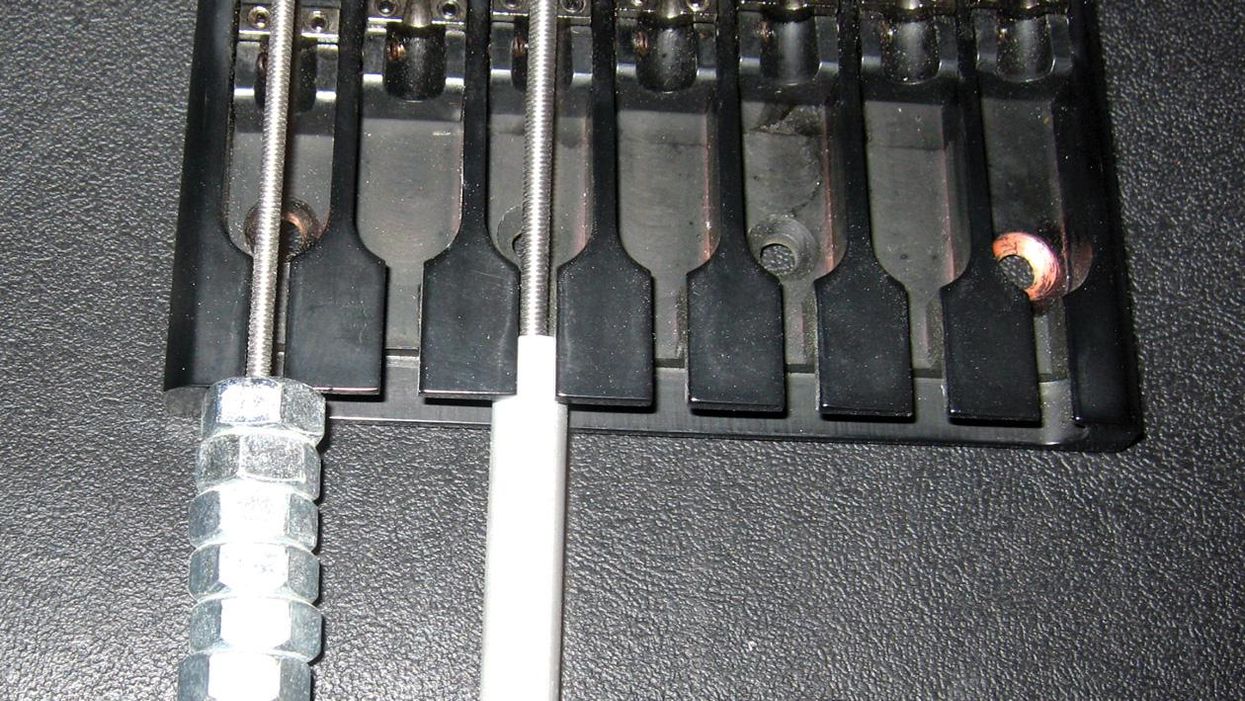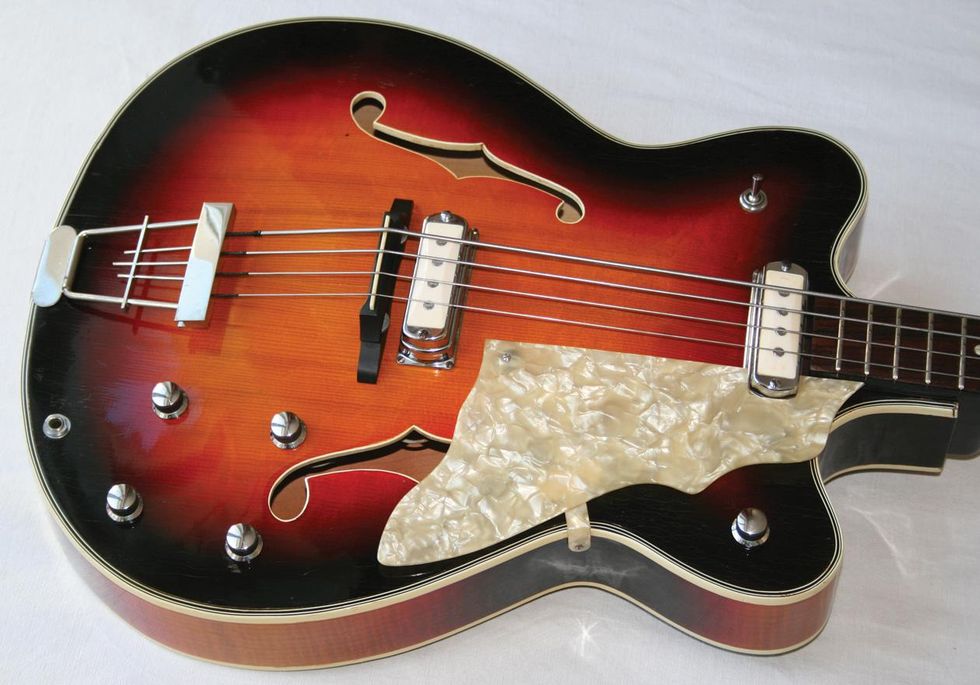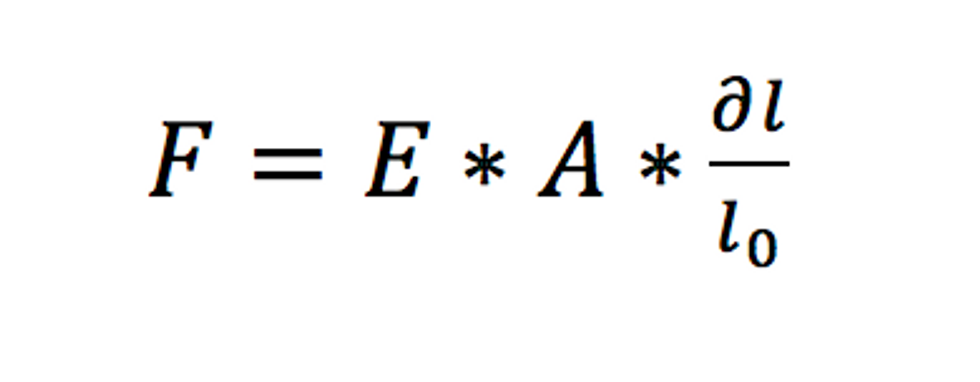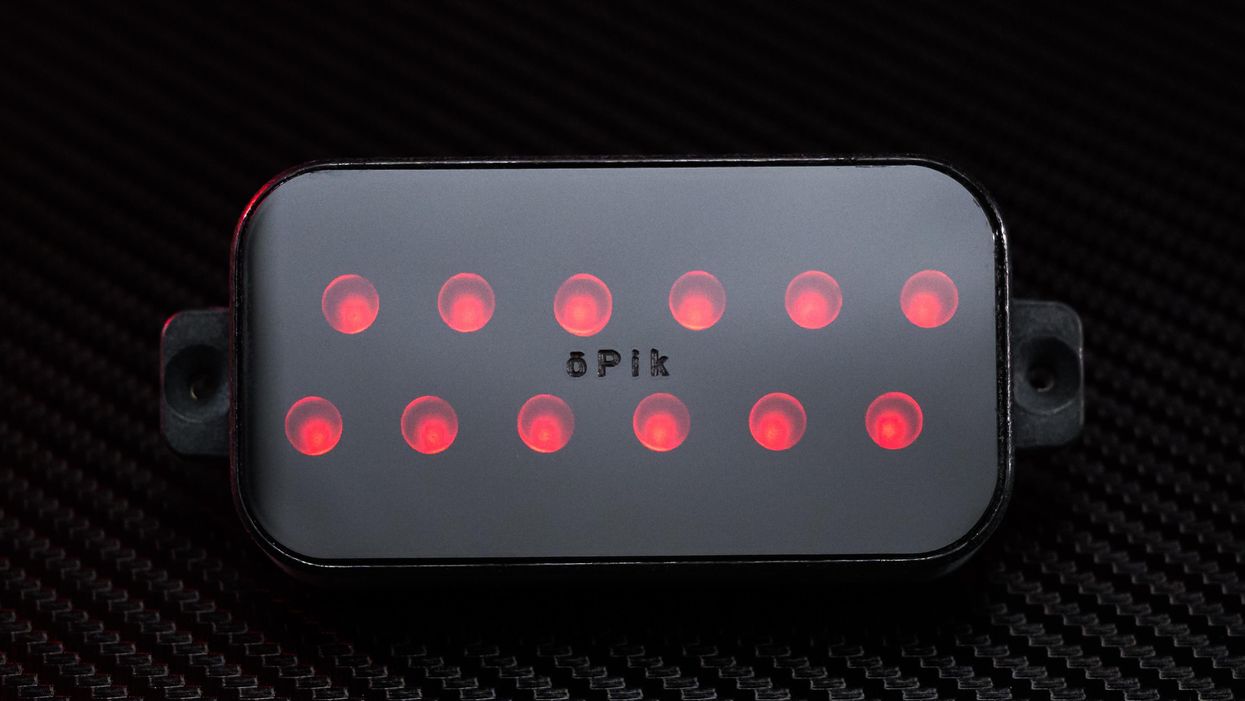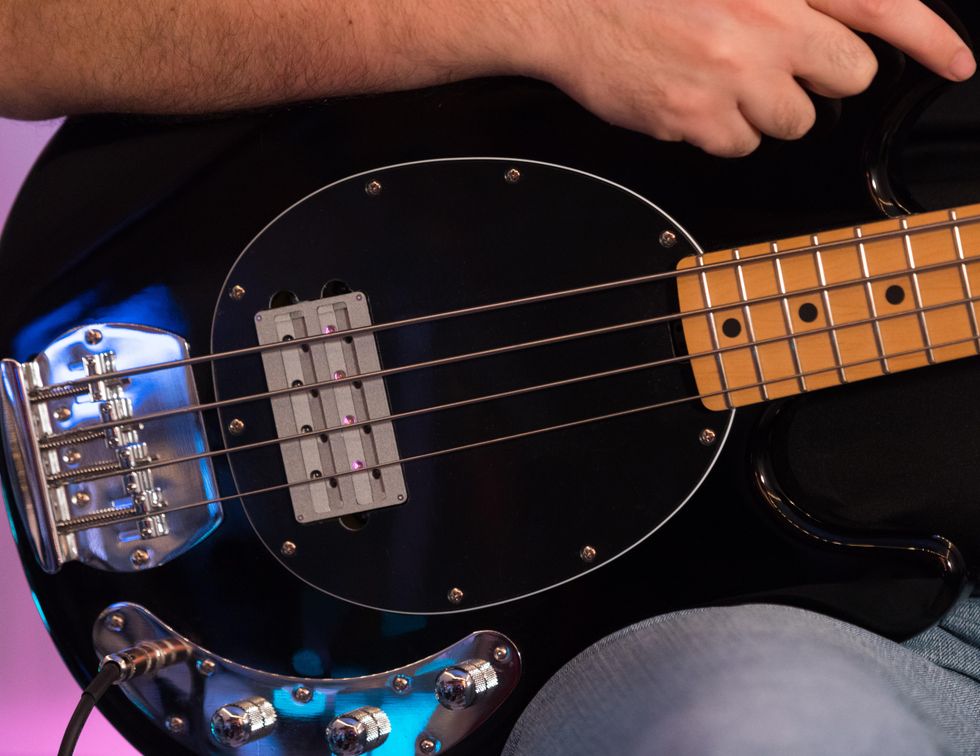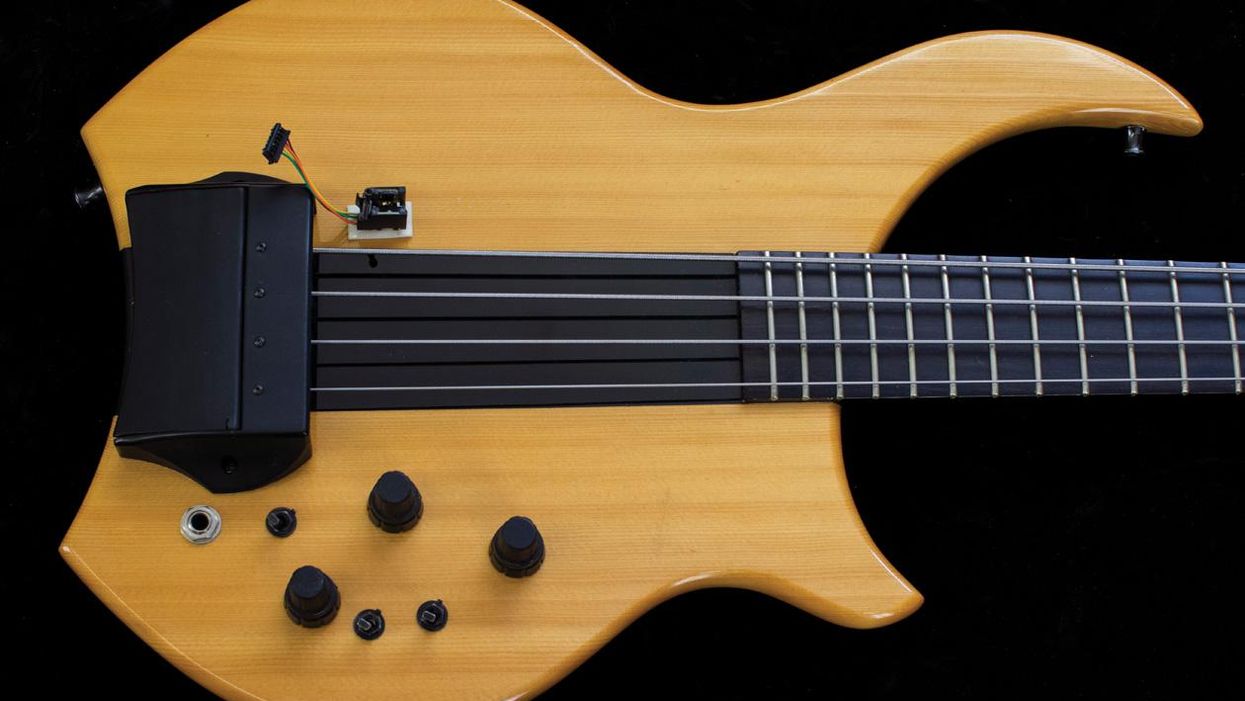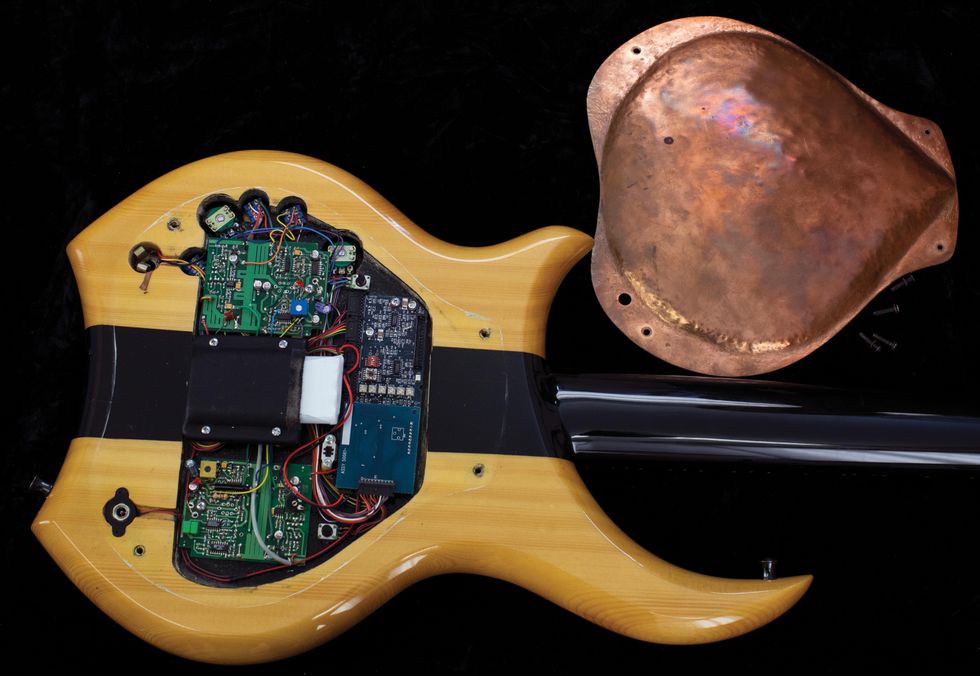There is no question that magnetic pickups are at the core of our electric instruments, with some players and manufacturers going as far as saying they are all that matters. So, it's no wonder that pickups are surrounded by a lot of myths. Some manufacturers make bold claims and share flowery descriptions of what to expect, while at the same time failing to deliver at least some facts and meaningful data. The fact that invisible, mystical magnetism is involved doesn't help. But while it's easy to bash them for failing to deliver hard facts, we also have to ask ourselves whether we could understand this information and how far we're willing to dig into the technical basics.
Choosing pickups isn't easy! Not just because of the sheer number of models, but because most of us lack an understanding of detailed electrical and magnetic values, which most manufacturers don't provide anyway. Most pickup descriptions just share DC resistance and magnet material, which is what customers tend to discuss instead of learning to read wirings, a pickup's frequency response curve, or the interplay of different electrical values.
Luthiery schools teach far more about inlays and bindings instead of the basic physics behind the electronic circuits students will have to deal with. Not everybody has to be able to repair tube amps and electronics, but it would be helpful to know how to discuss the tonal influence of magnetic materials as well as how to handle a simple equation or an equivalent diagram of a resonant circuit.
Of course, terms like "resistance" and "capacitance" are familiar, but once a current in a magnetic field gets into motion, things will indubitably aggravate. Terms like impedance, inductance, resonant frequency, ohmic load, and eddy current don't make it less confusing, nor does the interplay between all those things. This opens the door for marketing claims and misinformation.
Choosing pickups isn't easy! Not just because of the sheer number of models, but because most of us lack an understanding of detailed electrical and magnetic values, which most manufacturers don't provide anyway.
Hand or machine?
We all have some legendary tones we're searching for, and there are lots of pickup manufacturers claiming to do exact replicas of our heroes' tools. But how close can they get?
You might guess it's sufficient to know the exact ingredients, like magnets, bobbins, wire, and the count of windings. Good luck finding the correct magnets—alnico can vary extremely, even among what is supposed to be the same type of alloy. Here, differences in magnetic force aren't the problem, but eddy currents (losses) are. It might be easier to get the right wire, since production consistency has improved a lot. And finally, there is the count of windings.
According to some manufacturers, this is not where it ends. In the early days of our instrument, pickups were wound by hand. They did have a motor to rotate the bobbin, but there was always a person standing next to the machine, guiding the wire by hand, which would lead to less consistent or loose windings, while an automated machine keeps tension and density constant. Handwound pickups are also called scatterwound, as the wires often crisscross diagonally over the bobbin. The theoretical result would be a slightly higher resistance, since more wire is used, and, thus, a minimally lower inductance and capacitance, but the differences are rather marginal since the lower density can lead to parts of the wiring being farther away from the stronger field. Practically, all these differences are hard to measure, and there should not be an inherent difference between handwound and machine-wound pickups.
Does zig-zag winding cause a different tone?
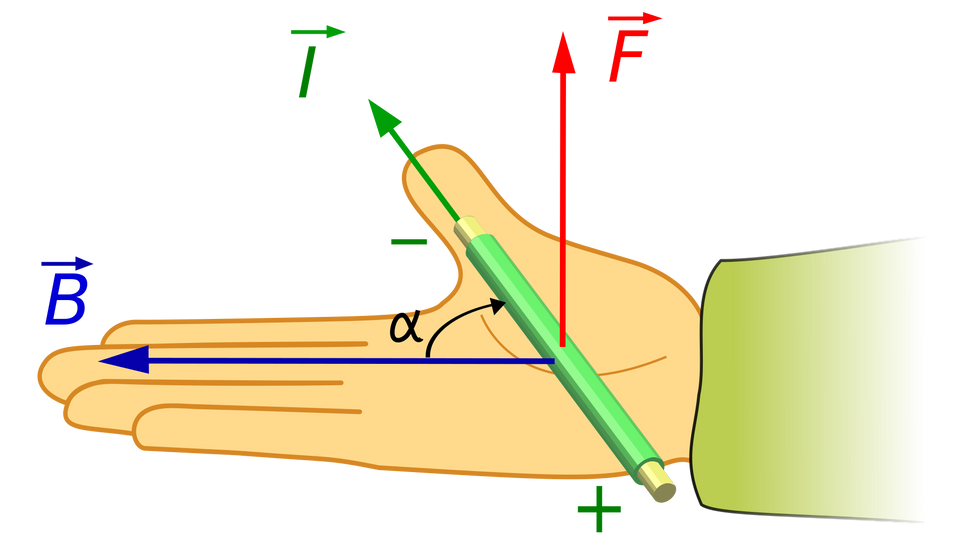
Fig. 1 — The right-hand rule—a common physics mnemonic for understanding the location of axes in a three-dimensional shape—for the Lorentz force (F) describes the force on a current-carrying wire (I=current) in a magnetic field (B) and shows the dependance of the angle (∝) between the two. (For the super nerd, also see Maxwell's equations and Faraday's law of induction.)
Courtesy of Wikimedia
Magnetic pickups work thanks to the changes in the magnetic field and flow via induction in the wires. Remember the right-hand rule of the Lorentz force from school physics [Fig. 1]? The main point here is the direct proportion of induction and right-angled orientation to the magnetic field gets smaller as a function of said angle 𝜶. In short: A diagonal wire has a longer run through the magnetic field but experiences the same induction signal as a straight one for an identical length of the magnetic field. The wire is longer and can have a higher ohmic resistance, but due to the pickup's long length and small depth, this difference is slight. It's therefore highly unlikely that the zig-zag pattern is causing a tonal change, rather than the unknown variance of eddy currents within the magnets. And it's even more unlikely that any of these patterns can be measured from outside a pickup, let alone distinguished!
So, we should be skeptical about the claims we read from manufacturers, whether it's from a company that claims it can identify 728 scatter patterns by measuring an installed pickup by using proprietary tools—as one pickup maker does—or whatever technical information it is that they won't share and we won't necessarily understand.
Can they make good pickups? Of course! Exact replicas? You judge.
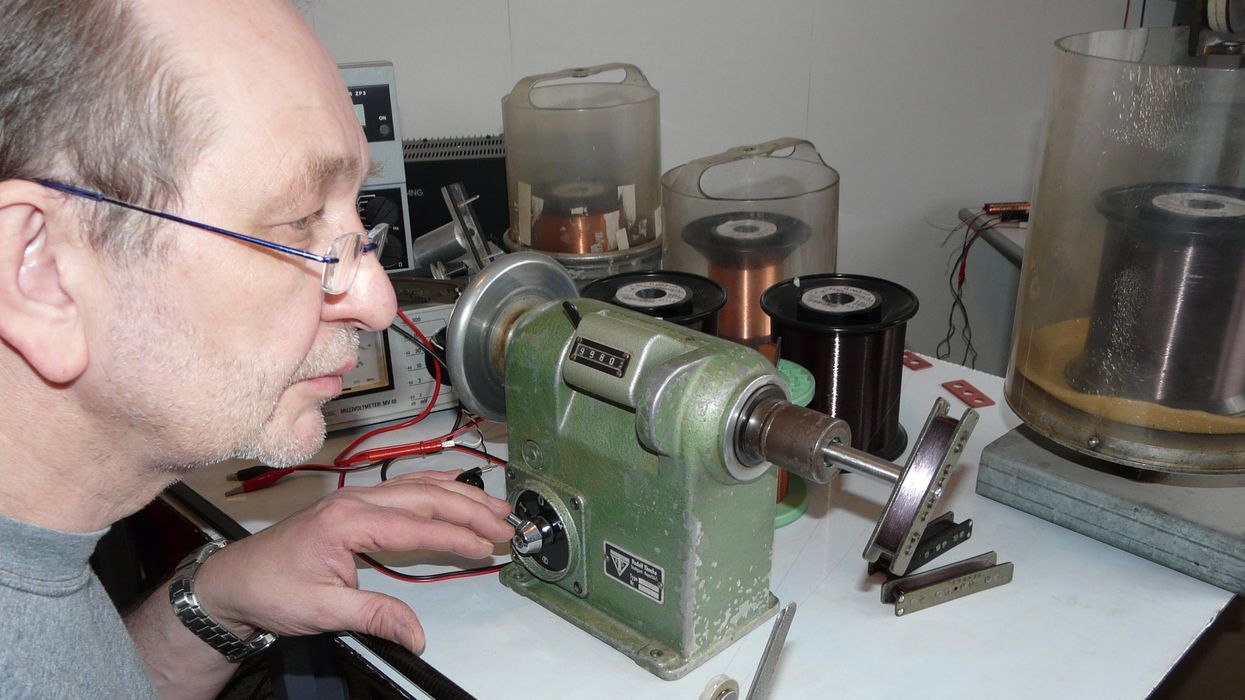

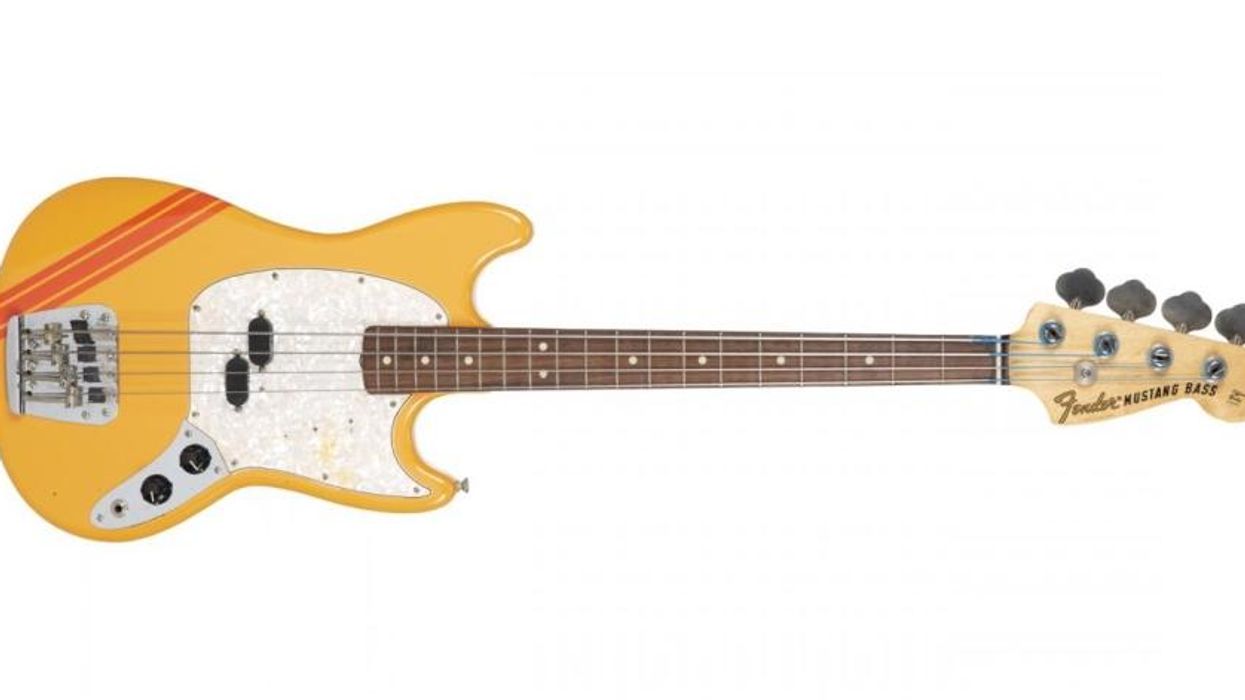
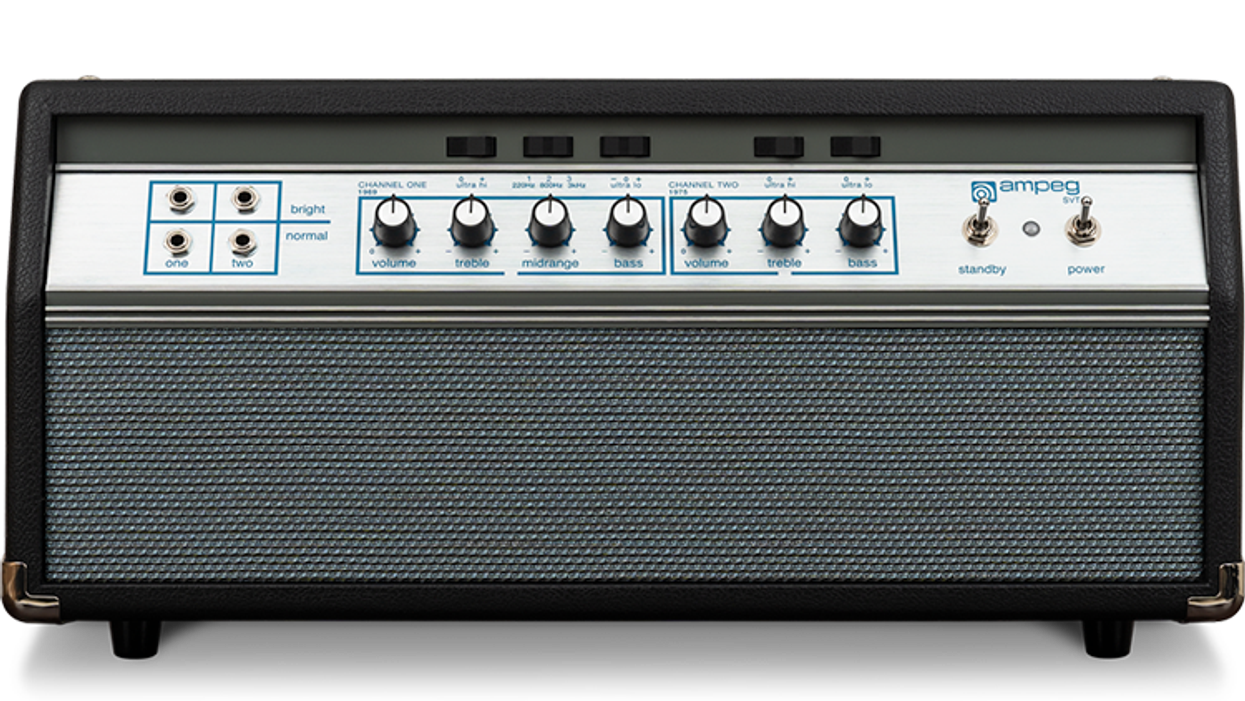
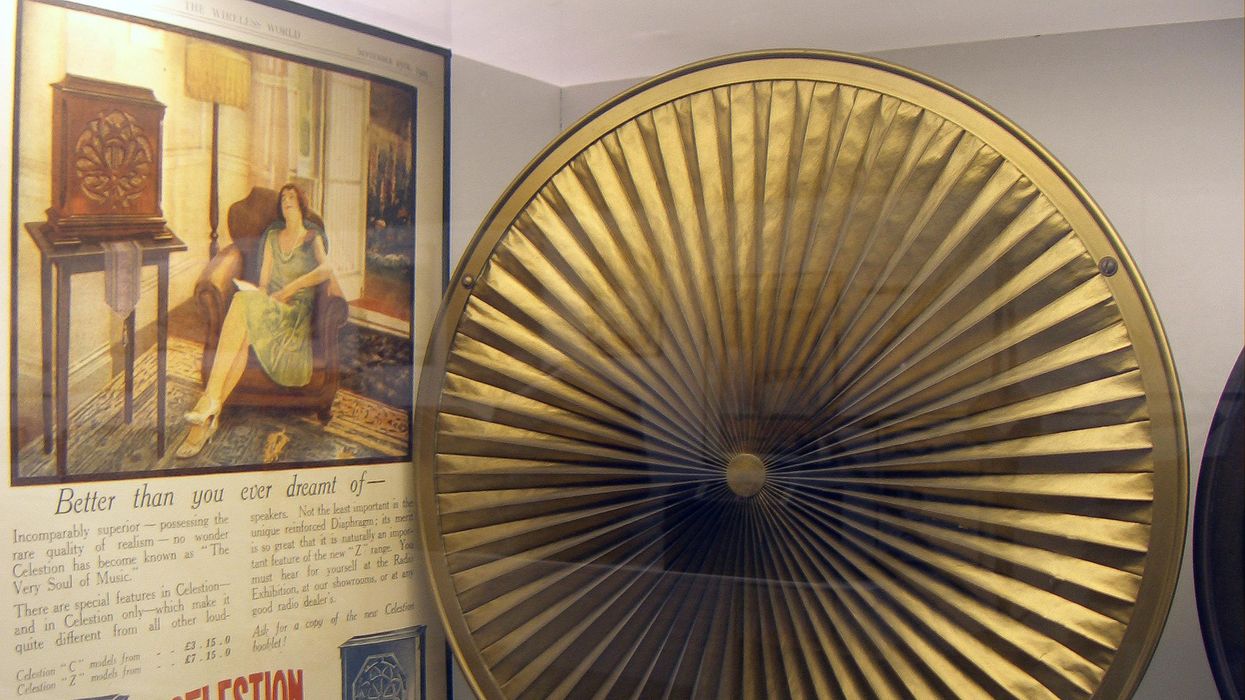
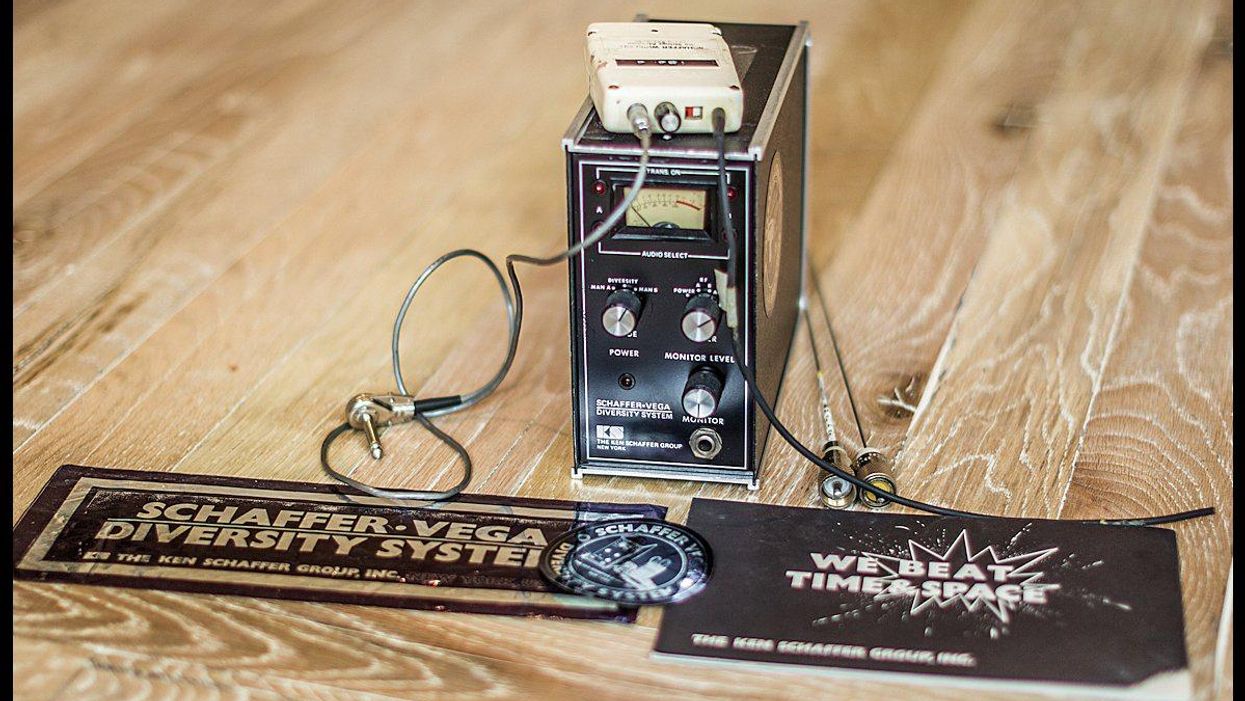

![Devon Eisenbarger [Katy Perry] Rig Rundown](https://www.premierguitar.com/media-library/youtube.jpg?id=61774583&width=1245&height=700&quality=70&coordinates=0%2C0%2C0%2C0)






